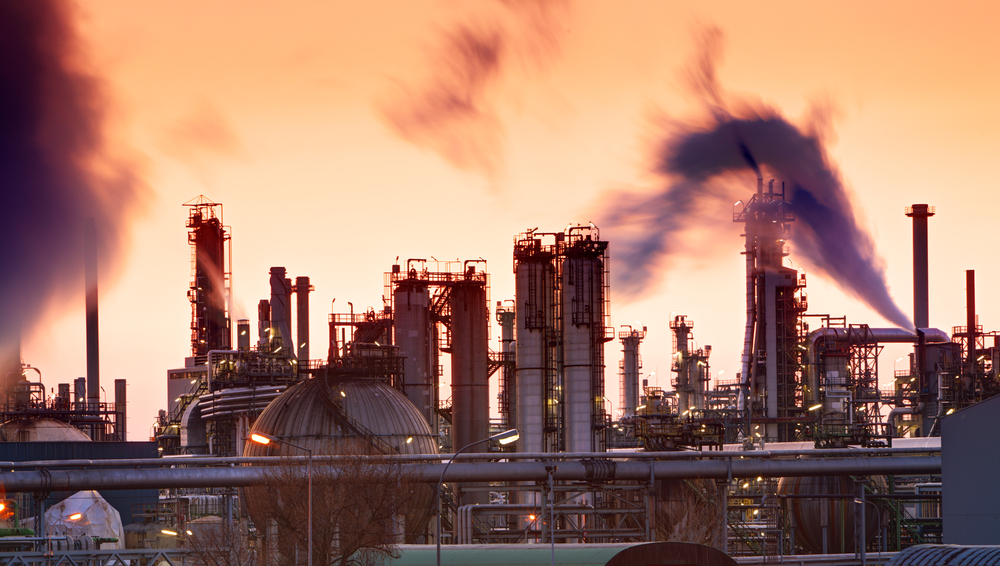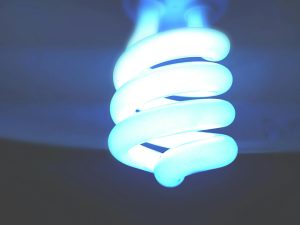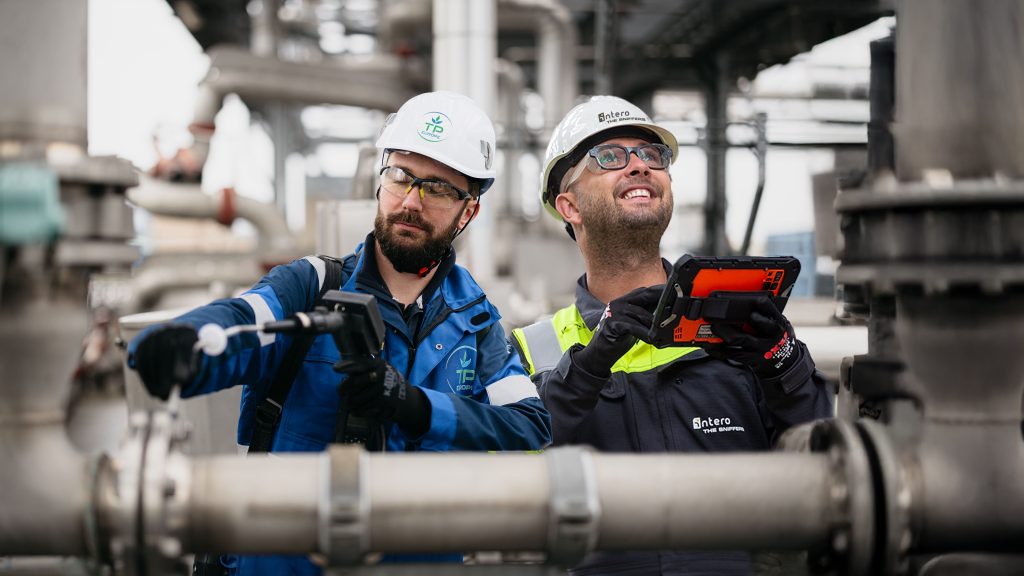TP-Europe controleert uitstoot zeer zorgwekkende stoffen (ZZS). In Nederland is het beleid voor handhaving van de milieukwaliteit gericht op het voorkomen of beperken van de uitstoot naar lucht en lozing op het water van zeer zorgwekkende stoffen. Het streven is om te komen tot een nul emissie, de zogenoemde minimalisatieverplichting. Met haar LDAR know how is TP Europe als geen ander in staat vergunning plichtige bedrijven te ondersteunen.
Zeer zorgwekkende stoffen (ZZS) zijn stoffen die gevaarlijk zijn voor mens en milieu, bijvoorbeeld omdat ze kankerverwekkend zijn, de voortplanting belemmeren en/of zich ophopen in de voedselketen. De identificatie van zeer zorgwekkende stoffen is gebaseerd op artikel 57 van de REACH (Registratie, Evaluatie en Autorisatie van Chemicaliën) verordening van de Europese Gemeenschap. De selectiecriteria van deze verordening zijn: kankerverwekkend (C); erfelijke mutaties (M), giftig voor voortplanting (R); persistent, bioaccumulerend en giftig (PBT); zeer persistent en zeer bioaccumulerend (vPvB); soortgelijke zorg (hormoonverstorend).
Klassen zeer zorgwekkende stoffen
De groep zeer zorgwekkende stoffen wordt onderverdeeld in drie stofklassen, extreem risicovolle stoffen (ERS), minimalisatie verplichte vaste stoffen (MVP1) en minimalisatie verplichte gas- of dampvormige stoffen (MVP2). Voor elk van deze klassen zijn grenswaarden vastgesteld, enerzijds de grensmassastroom, de drempel waarboven emissie milieu hygiënisch relevant is en maatregelen moeten worden getroffen, anderzijds de emissiegrenswaarde, de bovengrens die geldt wanneer de grensmassastroom wordt overschreden.
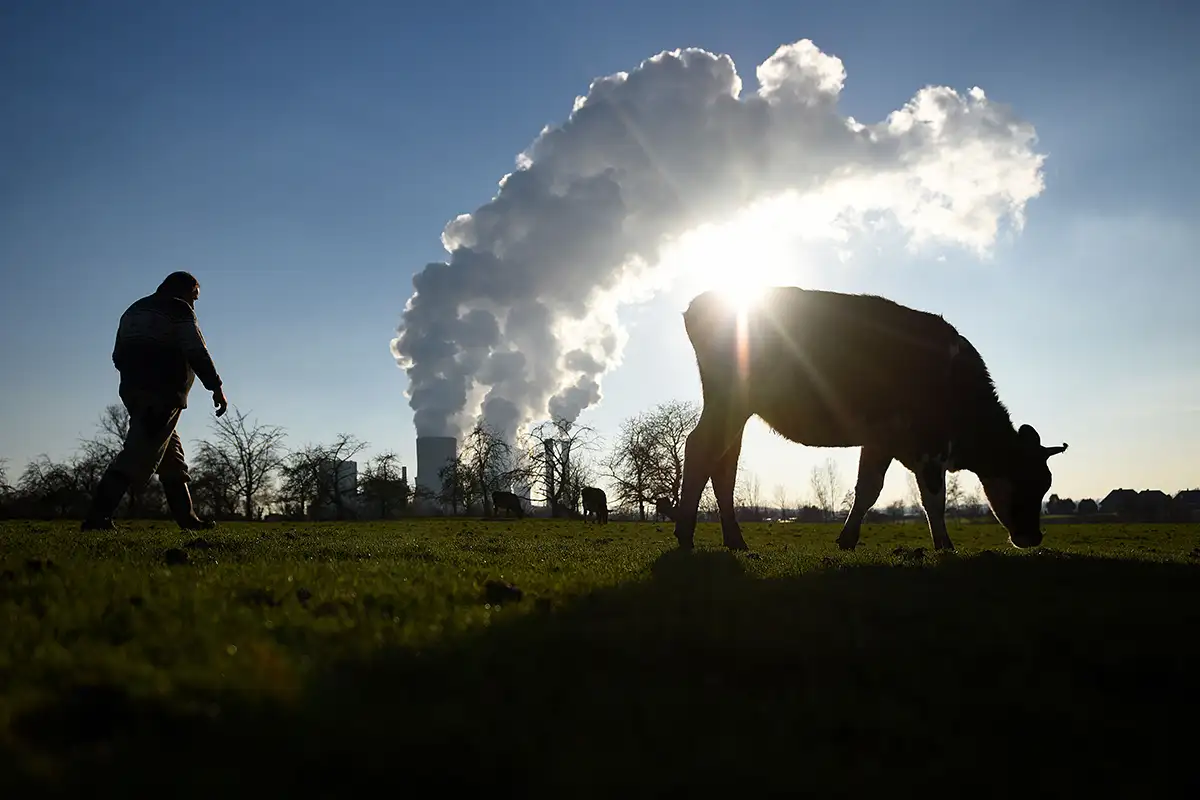
Het doel van het Nederlandse beleid is om deze gevaarlijke stoffen uit de leefomgeving te weren of beneden een verwaarloosbaar risiconiveau te brengen. Het instrument daarvoor is beperking via vergunningverlening, het zogenoemde Activiteitenbesluit. Het type bedrijf bepaalt in welke mate de regelgeving ZZS van toepassing is. Voor type A en B bedrijven geldt dat geen relevante emissies worden verwacht en de Best Beschikbare Technieken om emissies te voorkomen worden toegepast. Voor type C bedrijven geldt dat deze vergunning plichtig zijn voor emissie van schadelijke stoffen, een omgevingsvergunning milieu nodig hebben.
2-sporenbeleid emissiebeperking
Het Activiteitenbesluit verplicht bedrijven hun lozingen en uitstoot van ZZS naar lucht en water te voorkomen. Als dat niet haalbaar is moeten emissies zoveel mogelijk worden beperkt, de minimalisatieverplichting. De emissiebeperking volgt 2 sporen, een technisch spoor en een milieuspoor. Het technisch spoor richt zich op wat er mogelijk is om aan de bron emissie te voorkomen. Daarvoor zijn emissie-eisen voor de verschillende stofklassen vastgelegd. Het milieurisicospoor betekent een kwalitatieve toetsing van emissies voor de milieukwaliteit aan de hand van vastgelegde kwaliteitsnormen, het maximaal toelaatbaar risiconiveau (MTR). Eenmaal in de vijf jaar moet een bedrijf informatie ter toetsing voorleggen aan het bevoegd gezag.
Aanpak ZZS in water
De aanpak voor ZZS in water kent drie toets stappen (bronaanpak, minimalisatie en continue verbetering) die zijn verwerkt in de Algemene Beoordelings Methodiek (ABM) en het Handboek Immissietoets. Voor de bronaanpak betekent dit dat een bedrijf verplicht is te voorkomen dat gevaarlijke stoffen in het oppervlaktewater belanden. Dit kan door substitutie, het gebruik van een andere stof of door hergebruik, het voorkomen dat ZZS in afvalwater terecht komt. Bij de minimalisatie aanpak wordt de noodzaak van het verder behandelen, zuiveren, van de afvalwaterstroom bekeken. Het gaat dan om een minimale afvalwaterstroom met een minimale milieubelasting. Continue verbetering kan via de PDCA methodiek (plan-do-check-act cyclus) leiden tot innovatie van technieken, verbetering van prestaties, verlagen van kosten en vergroten van de bedrijfszekerheid.
TP Europe LDAR als hulpmiddel bij vergunning met (potentiële) ZZS
De stappen die bij een milieuvergunning worden doorlopen vragen een identificatie en inventarisatie van aanwezige Zeer Zorgwekkende Stoffen en een bepaling van de emissie en immissie. Voor de identificatie en inventarisatie van emissies naar de lucht gelden het Activiteitenbesluit (Abm) en de Activiteitenregeling (Arm). Voor emissie naar water geldt het Handboek Algemene Beoordelings Methodiek (ABM) water en de Immissietoets water. Voor de bepaling van emissie en immissie dienen per installatie/activiteit geëmitteerde (potentiële) ZZS te worden gemeten, identiek aan ‘normale emissies’. Met de door TP Europe in de loop der jaren opgebouwde know how en de geavanceerde apparatuur zijn wij in staat om on-site installaties en componenten te identificeren en te monitoren op potentiële emissies. Daarmee leveren wij een kwantitatieve en kwalitatieve onderbouwing voor vergunningsaanvragen en verbeterplannen.
Voor nadere informatie over LDAR en ZZS kunt u met ons contact opnemen.
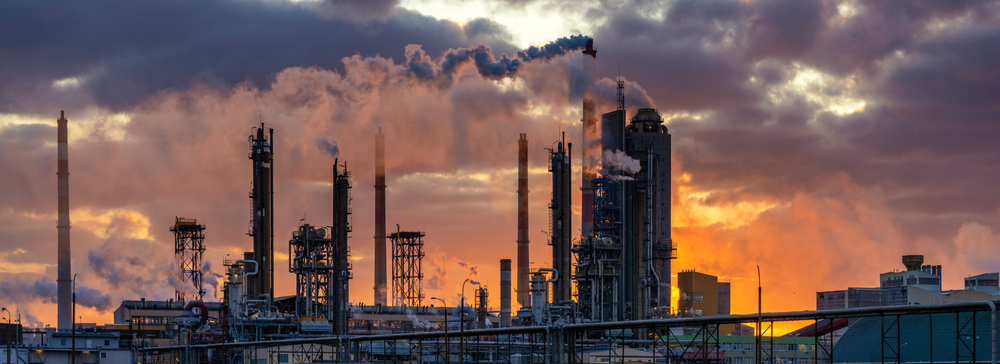
TP-Europe Monitors Emission of Substances of Very High Concern (SVHCs)
In the Netherlands, the policy for maintaining environmental quality is focused on preventing or limiting emissions into the air and discharge into the water of Substances of Very High Concern (SVHCs). The goal is to achieve zero emissions, the so-called minimization obligation. With its LDAR expertise, TP Europe is uniquely positioned to support companies subject to permit obligations.
Substances of Very High Concern (SVHCs) are substances that are dangerous to humans and the environment, for example, because they are carcinogenic, hinder reproduction, and/or accumulate in the food chain. The identification of SVHCs is based on Article 57 of the REACH (Registration, Evaluation, Authorization, and Restriction of Chemicals) regulation of the European Community. The selection criteria of this regulation are: carcinogenic (C); mutagenic (M); toxic for reproduction (R); persistent, bioaccumulative and toxic (PBT); very persistent and very bioaccumulative (vPvB); and substances of similar concern (endocrine disruptors).
Classes of Substances of Very High Concern
The group of SVHCs is divided into three substance classes: Extremely Risky Substances (ERS), Minimization Required Solids (MVP1), and Minimization Required Gases or Vapors (MVP2). For each of these classes, threshold values are established: the threshold mass flow, the level above which emissions are environmentally significant and measures must be taken, and the emission limit value, the upper limit that applies when the threshold mass flow is exceeded.
The aim of Dutch policy is to exclude these dangerous substances from the environment or to reduce them to a negligible risk level. The instrument for this is limitation via permitting, the so-called Activities Decree. The type of company determines the extent to which SVHC regulations apply. For type A and B companies, no relevant emissions are expected, and the Best Available Techniques to prevent emissions are applied. For type C companies, a permit is required for the emission of harmful substances, and an environmental permit is needed.
Two-Track Policy for Emission Reduction
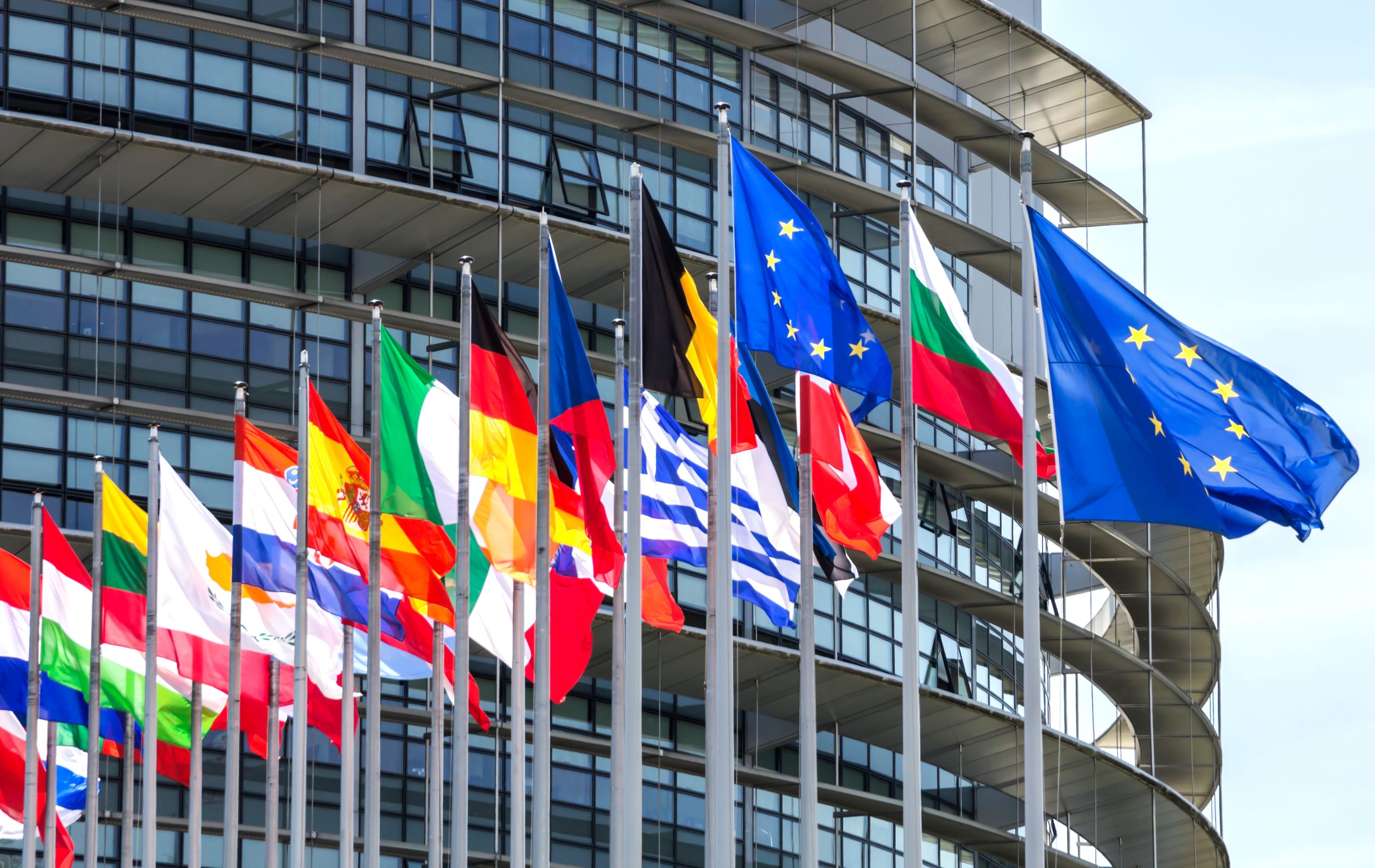
The Activities Decree obligates companies to prevent their discharges and emissions of SVHCs into air and water. If this is not feasible, emissions must be minimized as much as possible, the minimization obligation. The emission reduction follows two tracks: a technical track and an environmental track. The technical track focuses on what is possible to prevent emissions at the source, with emission requirements set for the different substance classes. The environmental risk track means a qualitative assessment of emissions for environmental quality based on established quality standards, the maximum allowable risk level (MTR). Every five years, a company must submit information for assessment to the competent authority.
Approach to SVHCs in Water
The approach for SVHCs in water includes three assessment steps (source approach, minimization, and continuous improvement) integrated into the General Assessment Methodology (ABM) and the Handbook for Immission Testing. For the source approach, a company is obliged to prevent dangerous substances from entering surface water. This can be done by substitution, using a different substance, or by reuse, preventing SVHCs from entering wastewater. In the minimization approach, the necessity of further treating and purifying the wastewater stream is examined. This involves a minimum wastewater stream with minimal environmental impact. Continuous improvement can lead to innovation of techniques, performance improvement, cost reduction, and increased operational reliability through the PDCA methodology (plan-do-check-act cycle).
TP Europe LDAR as a Tool for Permits with (Potential) SVHCs
The steps involved in an environmental permit require the identification and inventory of present SVHCs and the determination of emissions and immissions. For the identification and inventory of emissions into the air, the Activities Decree (Abm) and the Activities Regulation (Arm) apply. For emissions into water, the Handbook General Assessment Methodology (ABM) water and the Immission Test water are applicable.

For the determination of emissions and immissions, emitted (potential) SVHCs per installation/activity need to be measured, identical to ‘normal emissions’. With the know-how and advanced equipment developed over the years, TP Europe is capable of identifying and monitoring on-site installations and components for potential emissions. Thus, we provide a quantitative and qualitative foundation for permit applications and improvement plans.
For further information about LDAR and SVHCs, please contact us.
